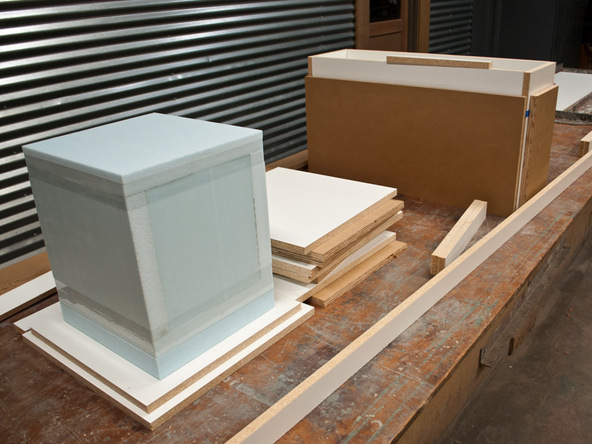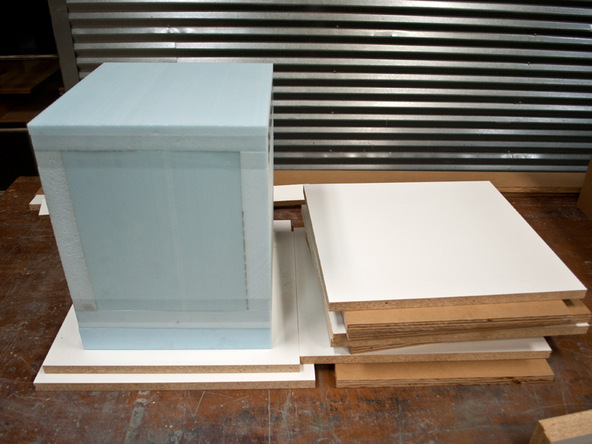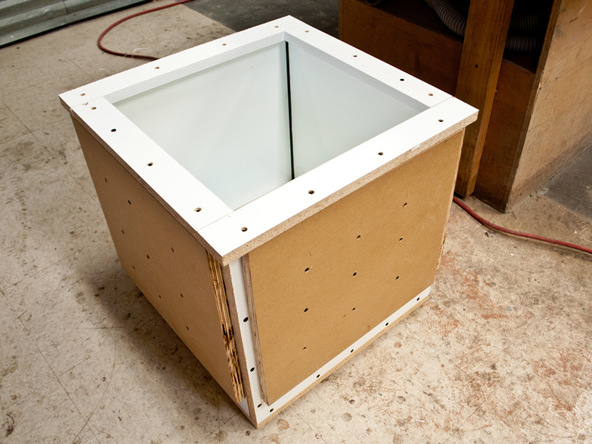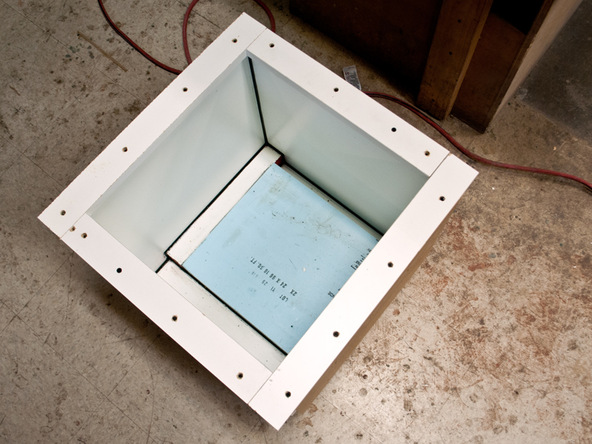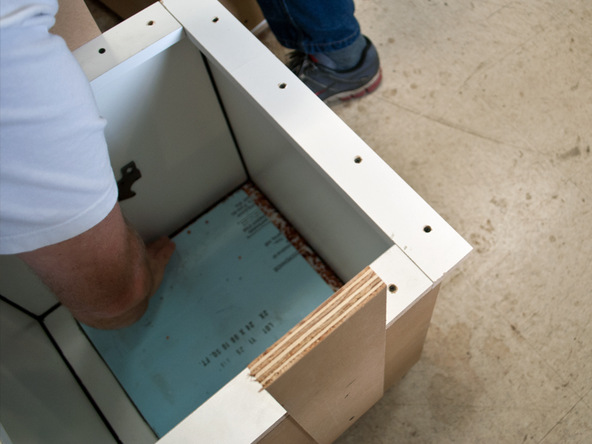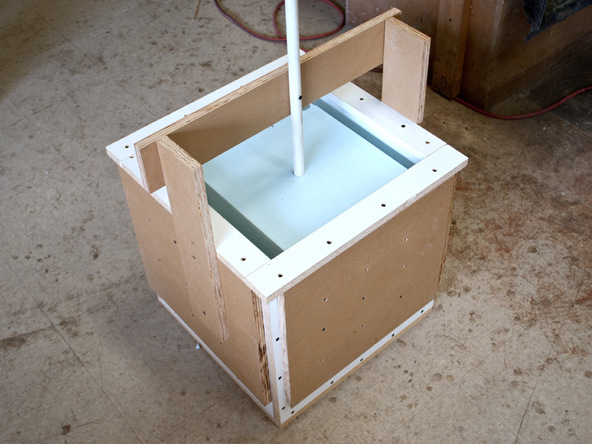Park Avenue Bench and Planter
TWO: FORM CUBE PLANTER
The completed planter forms can be reused for many castings. Simply take care of the molds between castings by cleaning and waxing them.
What You’ll Need
- 100% Door and Window Silicone Caulk
- Caulking Gun
- CHENG Corner and Seam-Shaping Tools
- Table Saw
- Cordless Drill
- 3/4″ Melamine-Coated Particle Board
- 3/4″ Plywood
- Insulating Foam
- Drywall Screws
- PVC Pipe
- Park Avenue Planter How-To Drawings
Step 1 – Cube End
Step 2 – Install the Knockout
Previous: Forming Long Planter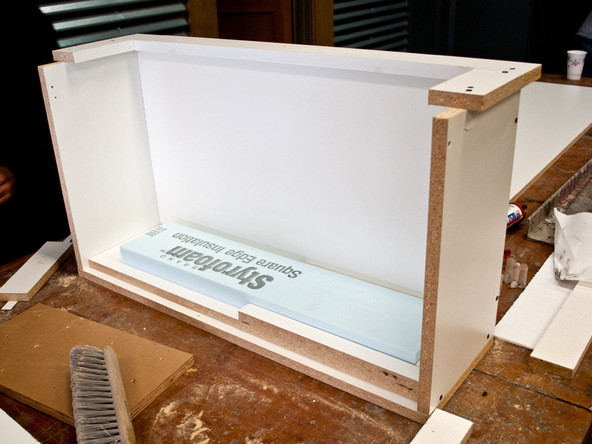

The narrow planter box mold is constructed from 3/4″ melamine with 3/4″ MDO as structure to prevent “bowing” of the walls.
Next: Forming Bench Top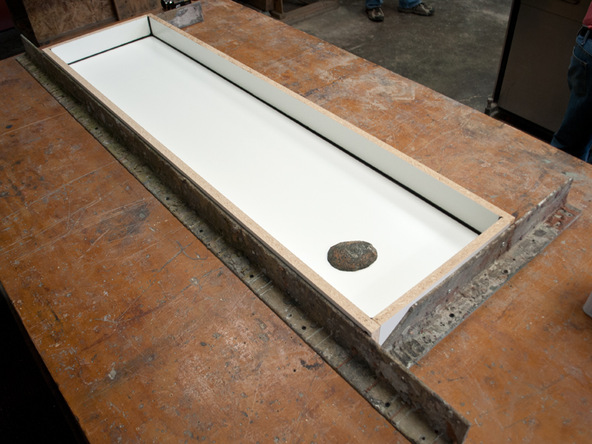

The bench top is just 2″ thick and spans more than 30″ between the two planters. Heavy reinforcing with rebar and mesh is what keeps the bench intact.

